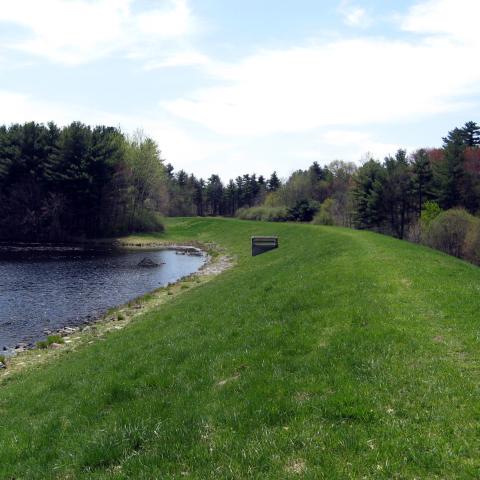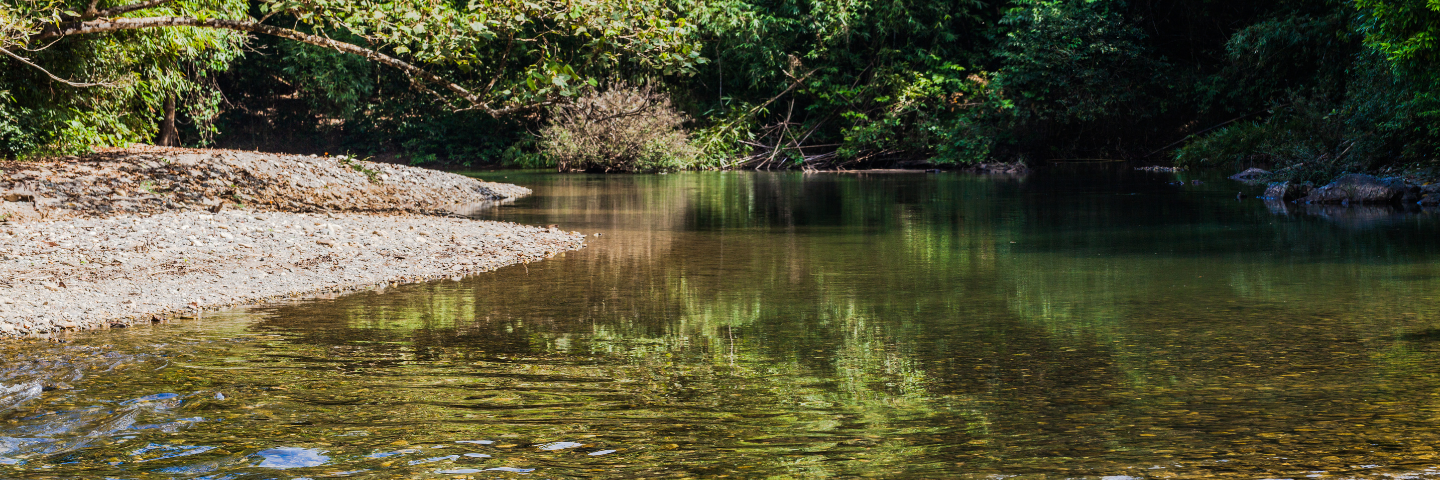
Press Release

Watersheds impact everyone; every community, farm, ranch, and forest. They provide a vital resource for all living things to survive and thrive. All watersheds are interconnected, creating a land-water system that conveys water to its final destination such as a river, lake, wetland, or estuary.
The Roy Blunt Reservoir near Milan is designed to provide 7 million gallons of water per day to over 100,000 people living in the surrounding 10-county region. The reservoir will also provide flood damage reduction and water-based recreation opportunities. An earthen dam 79 feet tall will impound a reservoir with a permanent pool of 2,328 acres. This project has a design life of 100 years and is estimated to cost $110 million to construct. NRCS is assisting the North Central Missouri Regional Water Commission (NCMRWC), Locust Creek Watershed District, and the county commissions and soil and water conservation districts of Putnam and Sullivan Counties on this project.
The Black River Project is a Public Law 83-566 project sponsored by three Missouri Drainage Districts to address flooding from the Black River in Butler County, MO. The project area under consideration is within four 12-digit watersheds: Little Hunting Slough, Catherine Slough, Blue Spring Slough, and Menorkenut Slough. The Watershed Plan-EIS is needed to evaluate a range of alternatives to address property damage, reduced agricultural productivity, public safety and socioeconomic impacts from flooding along the Black River.
You may submit a comment for the official record by:
Specify “Black River Project” in your correspondence.
Contact your local service center to start your application.
Do you farm or ranch and want to make improvements to the land that you own or lease?
Natural Resources Conservation Service offers technical and financial assistance to help farmers, ranchers and forest landowners.

To get started with NRCS, we recommend you stop by your local NRCS field office. We’ll discuss your vision for your land.
NRCS provides landowners with free technical assistance, or advice, for their land. Common technical assistance includes: resource assessment, practice design and resource monitoring. Your conservation planner will help you determine if financial assistance is right for you.
We’ll walk you through the application process. To get started on applying for financial assistance, we’ll work with you:
Once complete, we’ll work with you on the application, or CPA 1200.
Applications for most programs are accepted on a continuous basis, but they’re considered for funding in different ranking periods. Be sure to ask your local NRCS district conservationist about the deadline for the ranking period to ensure you turn in your application in time.
As part of the application process, we’ll check to see if you are eligible. To do this, you’ll need to bring:
If you don’t have a farm number, you can get one from USDA’s Farm Service Agency. Typically, the local FSA office is located in the same building as the local NRCS office. You only need a farm number if you’re interested in financial assistance.
NRCS will take a look at the applications and rank them according to local resource concerns, the amount of conservation benefits the work will provide and the needs of applicants. View Application Ranking Dates by State.
If you’re selected, you can choose whether to sign the contract for the work to be done.
Once you sign the contract, you’ll be provided standards and specifications for completing the practice or practices, and then you will have a specified amount of time to implement. Once the work is implemented and inspected, you’ll be paid the rate of compensation for the work if it meets NRCS standards and specifications.